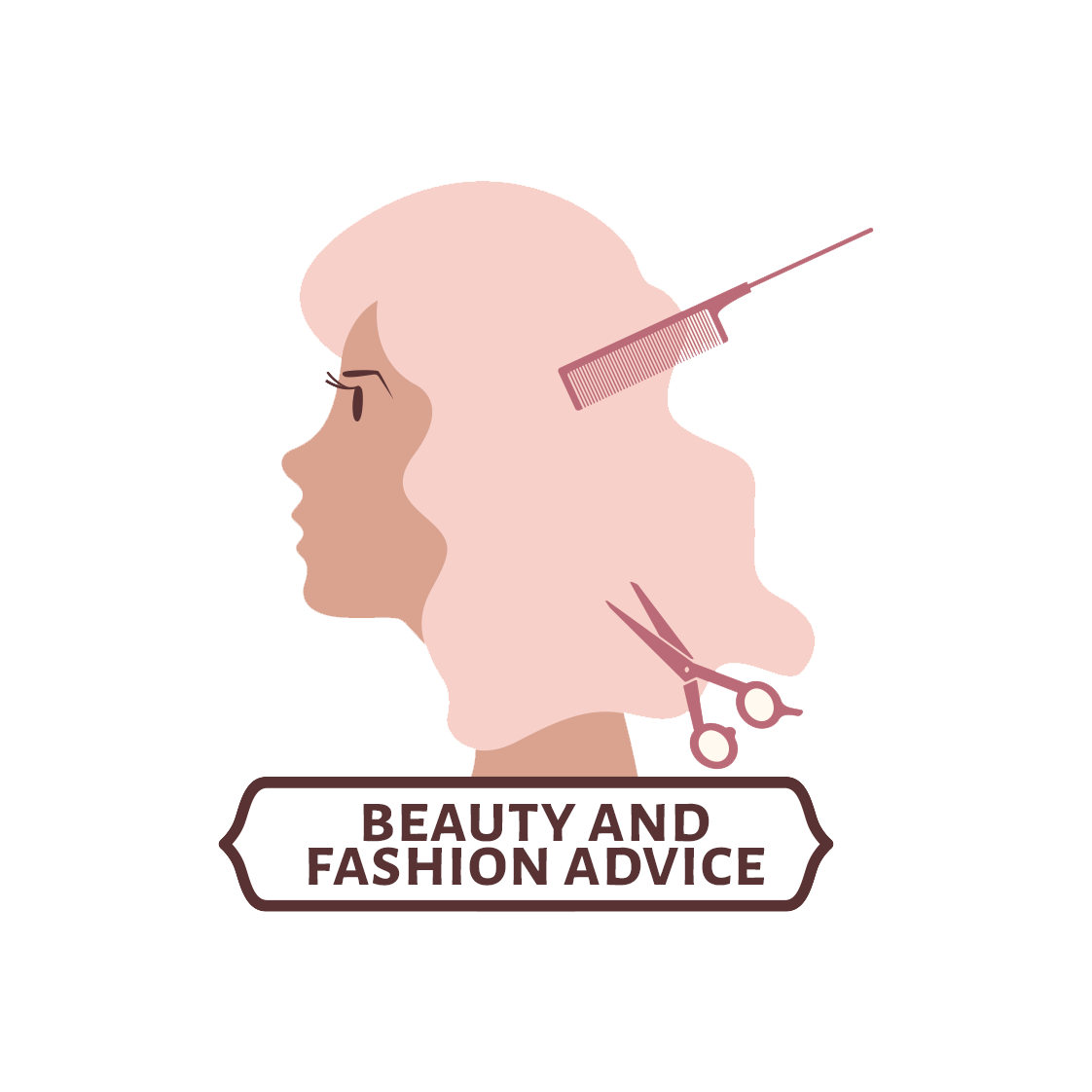Best Plant-Based: Herbivore Moon Fruit 1% Bakuchiol + Peptides Retinol Alternative Serum
- Why We Love It: Dermatologist Dr. Divya Shokeen recommends Herbivore’s serum—describing it as “a gentle, all-natural formula suitable for all skin types. It smooths fine lines and improves skin texture without causing irritation.” Plus, it’s plant-based and boasts a nourishing serum-texture that sinks into skin and pairs well with face moisturizers to follow.
- Key Ingredients: Bakuchiol, plant peptides, Schisandra berry extract, jojoba seed oil, glycerin
- Bakuchiol Concentration: 1%
- Size: 30 mL / 1 fl oz
What is bakuchiol?
“Bakuchiol is a plant-derived ingredient from the leaves and seeds of Psoralea corylifolia plant (AKA babchi),” says Amin. “This herb is native to India and has been used for centuries in traditional Ayurvedic and Chinese medicine.”
What is the best form of bakuchiol?
Amin explains that texture does not interfere with bakuchiol’s efficacy meaning that it can be integrated as a serum or cream to your liking. “A serum formulation offers a more lightweight method of delivery of bakuchiol,” she says, while “a cream or oil would offer a more hydrating form of delivery of the bakuchiol.”
What percentage of bakuchiol is the most effective?
According to Amin, 0.5-2% of bakuchiol is the most effective percentage. Beginners or those with skin sensitivities might look for a lower percentage, whereas experienced users or those with deep wrinkles may find a higher percentage more appropriate.
Is bakuchiol a “retinol alternative”?
Bakuchiol is often dubbed a plant-based, retinol-alternative but what does that actually mean? Amin explains that this comparison highlights that the two ingredients work similarly, but they are actually quite different. “Retinol, a derivative of vitamin A, is known to stimulate collagen production, prevent fine lines and wrinkles, and increase skin elasticity,” she explains. “However, retinol is commonly associated with side effects of irritation and dryness, most notably for individuals with dry skin. Recent research supports the notion that bakuchiol demonstrates these same benefits with less of a risk of irritation.” Amin continues that future research is needed to determine the efficacy of bakuchiol in comparison to prescription retinoids.
Another reason to consider bakuchiol versus retinol is that the former is stable in sunlight and does not result in increased sun sensitivity—though Amin bids that sunscreen wear is still recommended.
Everything You Need to Know
How long does it take to see the results of bakuchiol?
“Just like most products—it takes a few months to see improvement,” says Shokeen. “You can expect to see visible improvements in 4-12 weeks of consistent use.” She continues that results can be longer compared to retinol.
Who should use bakuchiol?
According to Shokeen, the following people should use bakuchiol:
- Individuals with sensitive skin who can’t tolerate retinol.
- Pregnant or breastfeeding women (always consult with a healthcare provider).
- People looking for a natural alternative to retinol.
- Those with issues concerning aging, hyperpigmentation, or uneven skin texture.
What are the downsides of bakuchiol?
Though the retinol alternative shows promise, its claims aren’t rooted in a sea of research. “There are very limited studies on bakuchiol,” says Howard Sobel, MD, a board-certified cosmetic dermatologic surgeon at Lenox Hill Hospital in New York. “Although [claims] state that bakuchiol can help increase cell turnover and renewal, there is a risk of sensitivity, redness, dryness, or stinging of the skin. I recommend introducing the skin to it slowly.”
What should you not pair with bakuchiol?
To avoid irritating the skin, “I would not pair bakuchiol with a vitamin A derivative such as any retinol product,” says Dr. Sobel. The idea is that piling on too many ingredients that stimulate cell turnover can cause the cells to turn over a little too quickly, which could result in everything from redness to dryness and flakiness.
- Mina Amin, MD, is a Los Angeles-based dermatologist at California Dermatology Specialists.
- Divya Shokeen, MD, is a California-based, board-certified dermatologist at the Ocean Skin and Vein Institute.
- Howard Sobel, MD, is a board-certified cosmetic dermatologic surgeon at Lenox Hill Hospital.















